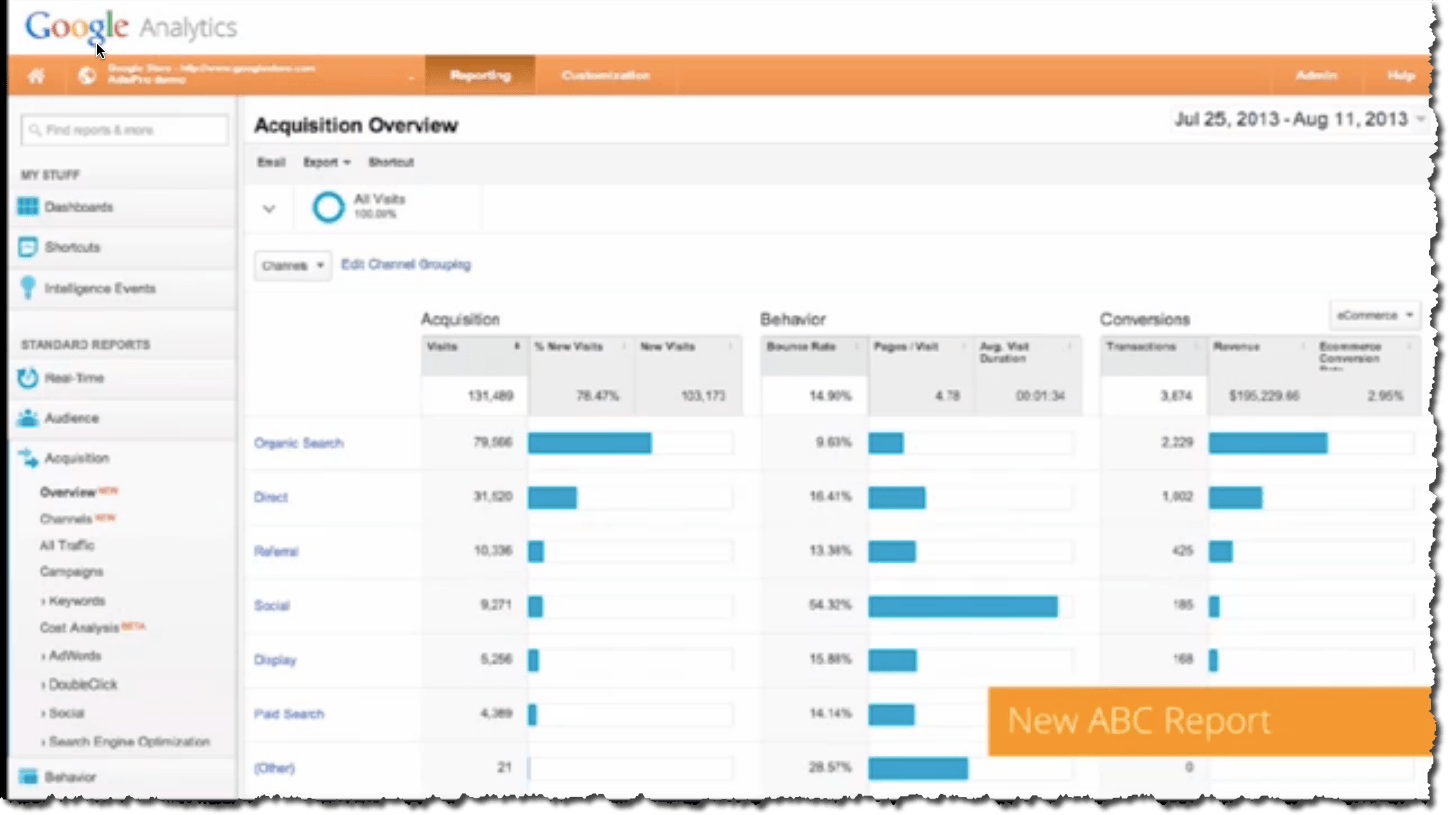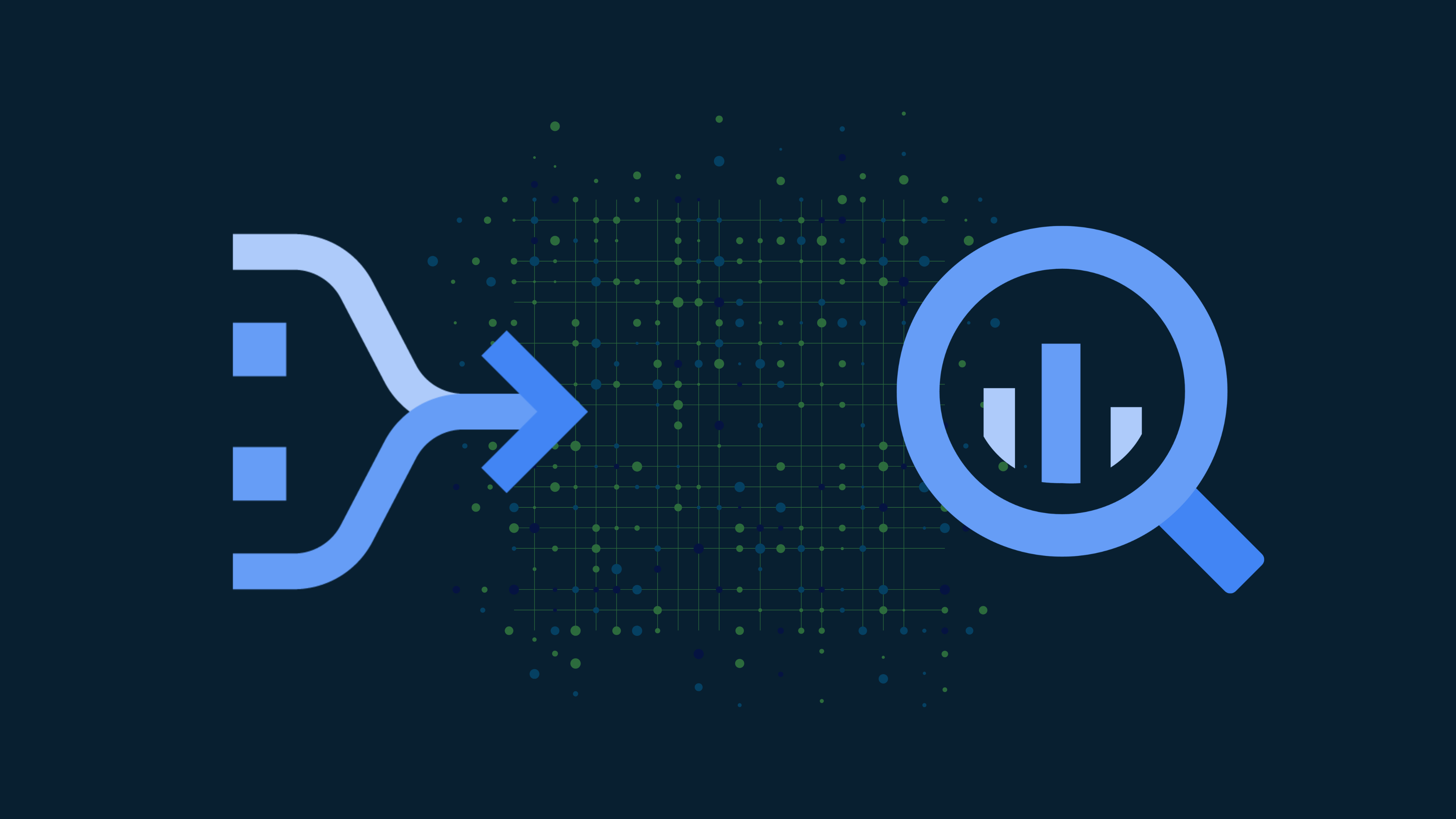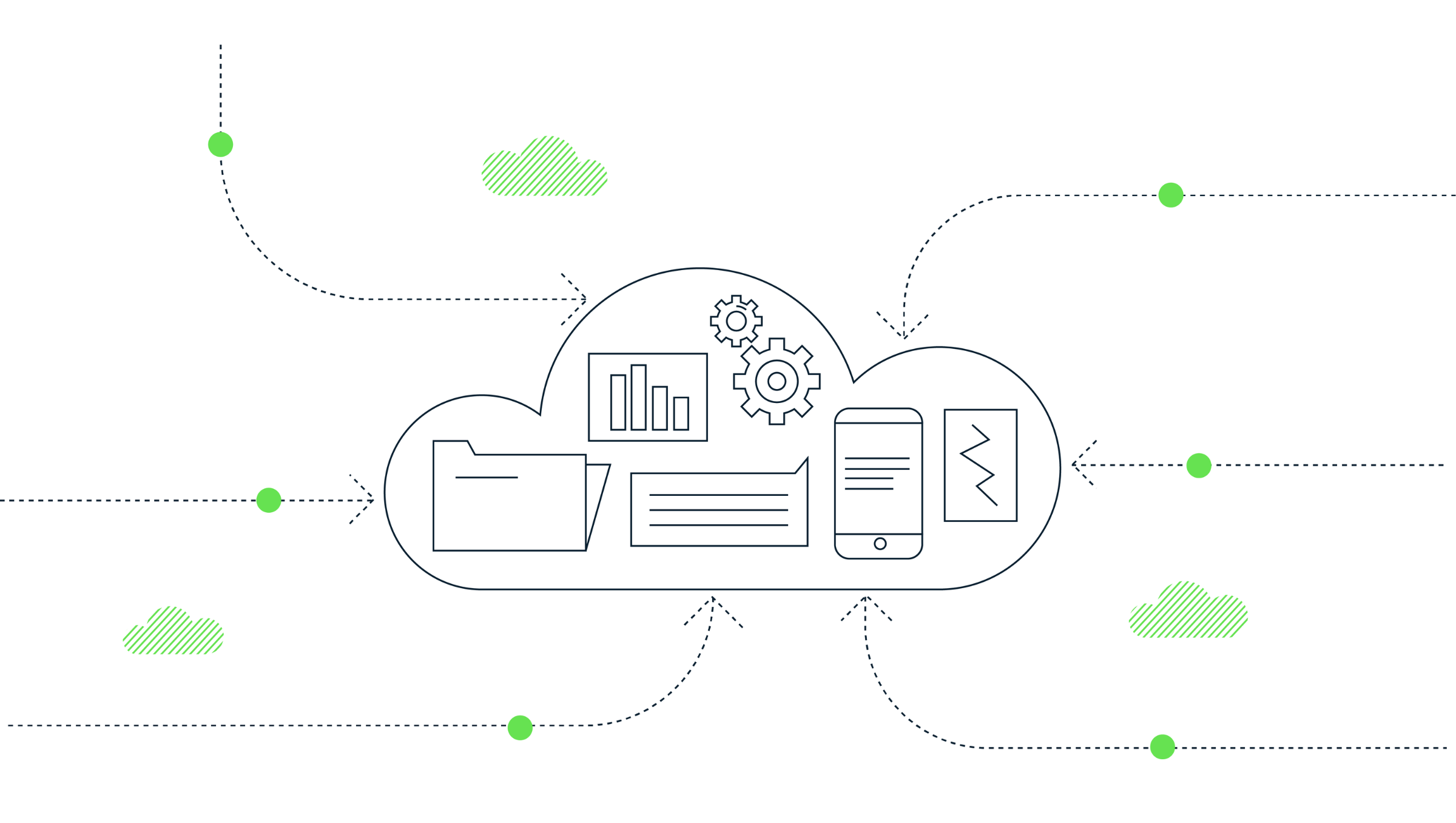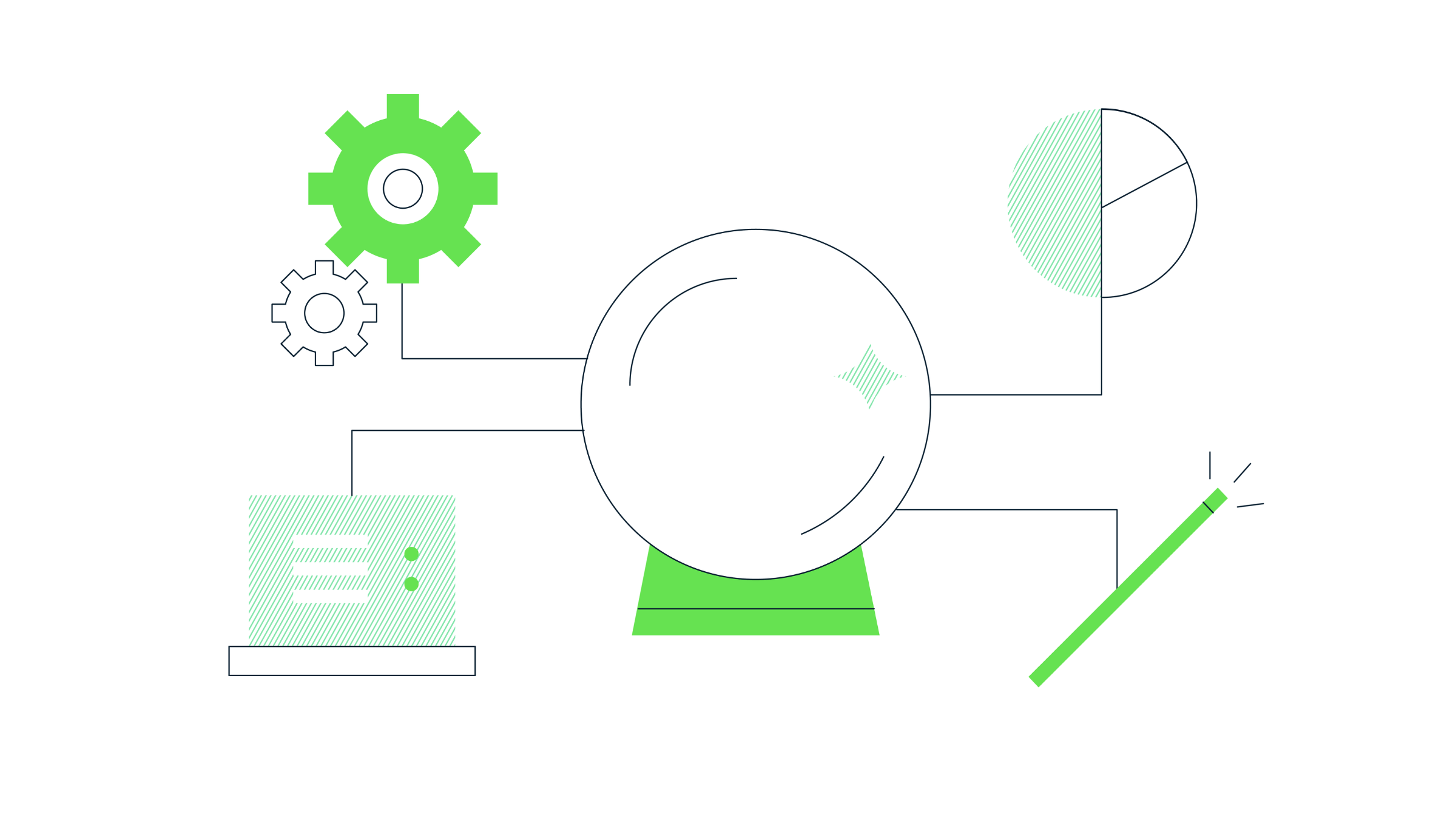GA steams ahead with further updates at the #GASummit 2013

The theme of this years summit is a focus on helping customers in three areas: Access, Empower, Act. The slide above was shown by the GA team to summarise the 3 part theme.
Babak Pahlavan (Director of Product Management, Google Analytics) let the crowd know that GA have made 70+ releases in 2013 so far, which makes sense on reflection given how busy the year has been. This has included major updates such as the global roll out of Universal Analytics, the introduction of the Attribution Modelling Tool to standard GA accounts and improved User Access Controls. Babak then announced that he had a further 14 announcements to make.
Auto-event tracking in Google Tag Manager
The first I will cover in this post is the release of auto-event tracking in Google Tag Manager (GTM). Previously event tracking via GTM has required either hard coding of elements on pages to place the event data into the dataLayer and push to GTM, or custom jquery to identify elements using DOM attributes and then track as events in GA. With this release, it is now possible to add event listener tags in GTM (including click listener, form submit listener, link click listener and timer listener). When these tags are fired, GTM begins listening for the type of action corresponding to the listener tag selected (i.e. any click, form submit, link click or time based intervals). Taking the click listener as an example, when a click occurs, a GTM event gtm.click is generated. You can then check for this event in rule conditions, using {{event}} equals gtm.click. To check whether a specific element was clicked, such as the “add to cart” button, you can add a rule like {{element id}} equals addToCart.
This is a welcome release for keen users of Google Tag Manager who want more flexibility and control in terms of adding event tracking on the fly without requiring on site code changes.
GA Premium SLA extension for Google Tag Manager (GTM)
Sticking with GTM, Babak also announced an SLA extension for GA Premium customers to cover Google Tag Manager. This is expected to roll out to Premium customers during Q4 of this year. This SLA expansion is a logical move to reassure Premium customers that Google Tag Manager is up to the task of managing their analytics implementation and with Google’s powerful infrastructure behind it – along with regular improvements to the container system itself (e.g. the recent support of document.write tags and the brand new auto-event tracking covered above) – this may well give other tag management providers something to worry about.
Universal Analytics upgrade option
Universal Analytics was announced at last year’s summit and has been available in BETA for all GA accounts since Q2 2013. The advice up to this point has been for existing GA users to run a Universal Analytics web property in parallel to their existing GA property if they are interested in exploring the possibilities with Universal (e.g. custom dimensions & metrics). For those creating new web properties (e.g. for a new website) then Universal Analytics has been recommended.
However Universal Analytics does not support all features available in standard GA, most notably content experiments and the remarketing integration. Although these features are still not supported (hopefully coming soon), the good news is GA are soon to release an upgrade option for existing GA properties. This will allow GA users to upgrade existing web properties to Universal Analytics without losing historical data. Another feature of Universal Analytics which is hopefully due in the near future is the visitor ID override. This will enable cross device/browser tracking capabilities on sites featuring a user log in.
Audience Reporting (including demographics)
Another one of my favourite announcements is the introduction of user demographics in the new Audience Reports. Although there has been a ‘Demographics’ report category in GA for some time, this has to date only included language (actually browser language settings) and geographical location information. This announcement was exciting as age, gender and interest data will soon be included to allow you to gain a better understanding of your most valuable user segments, and in turn target these segments through the Google Display Network. In addition to this data appearing within the new Audience Reports, it will also be possible to use this in the new Unified Segments (see below) and in Remarketing Lists.
Unified Segments
Advanced Segments have been an incredible (yet often underused!) feature of GA for some time now. However one notable limitation has been the fact that segments were based on visit (or session) data only. As mentioned above regarding audience demographics, it is important for marketers to be able to understand which audience segments are of most value to them so they can spend effectively at acquiring and retaining these profitable user groups. Furthermore Universal Analytics promises to shift the perspective from session-centric to user-centric (a very welcome change indeed). In line with this shift to a user-centric view, the new Unified Segments allow segments to be created based on user behaviour data. Taking this a step further, it is also possible to build very clever, sequential and cross-session segments to really hone in on a granular level. Proper audience segmentation is the key to nailing your customer acquisition strategies and optimising for lifetime value.
Acquisition, Behaviours, Conversions (ABCs)
The Traffic Source reports are undergoing a complete revamp in line with a name change to ‘Acquisition’. The new Acquisition report category will aim to make the data more intuitive and group metrics into 3 key groups: acquisition, behaviours and conversions (or ABCs). The following sneak preview was shared on the official GA blog.
In addition to the renaming and the categorisation of key user metrics to reflect the ABC cycle, this update will also make channel tracking more flexible.
Enterprise APIs
GA recently rolled out the new User Access controls, improving the level of control account owners have over users. This introduced additional access levels and also allows access to be granted on 3 levels: account, property and view (formerly called profile). GA are taking this one step further with the announcement of a new User Permissions API. This is aimed at large companies to allow easy management of permissions across all accounts but not only that, these enterprise APIs will also allow programmatic control of account configuration. These features are currently in closed beta but access can be requested from the APIs for Large Companies page.
GA Premium BigQuery Integration
Another update for GA Premium customers is the upcoming BigQuery integration. This will allow Premium users to access unsampled session and hit level data from GA within Google BigQuery, a web service for analysing huge datasets (up to trillions of rows). To encourage use of this integration, GA will also be offering $500 monthly credit for BigQuery to Premium customers.
Other Integrations
Two other integrations announced are Doubleclick Campaign Manager (formerly DFA) and Google Play. The DCM integration will bring more impression data into GA. Aside from the benefit of having this data in GA to compare against other channel metrics, a positive knock-on effect of this additional data is that it can help reach the minimum data requirements for data-driven attribution modelling (data-driven models are a Premium only feature unfortunately at present).
The Google Play integration will complete the picture for measuring and analysing app users. This is the first and only way to see the complete view of user acquisition from views and clicks in the Google Play store to installs and active users of your apps.
Analytics Academy
All announcements covered above relate to new and/or improved features of GA but as mentioned at the beginning, with 70+ releases already in 2013 plus these additional updates, the evolution of GA is a constantly moving beast. For dedicated analysts who are using GA every day, these changes are responding to requests from the industry as a whole making it an exciting time to be in analytics. However for marketers, execs and business owners it is becoming increasing difficult to keep up with the speed of change in GA.
Therefore the final two updates I will cover in this post relate to product education. Within the interface itself you will start to notice (if you haven’t already) help videos appearing at the top of reports. Once you have watched a video in a given section you can close it down so it won’t bother you again – unless you want it in which case you can click the academic hat icon to drop the education section back down into view.
For those looking to take their learning further, the Analytics Academy is launching. This is a new learning platform or MOOC (Massive, open, online course) and will feature instructor led courses (also including instructional videos, a course forum, G+ community and Hangouts with analytics experts). The Digital Analytics Fundamentals course begins on 8th October.

Subscribe to our newsletter:
Further reading

Dataform for BigQuery: A basic end-to-end guide

How to extract GA4’s event sequencing in BigQuery using the new batch fields




